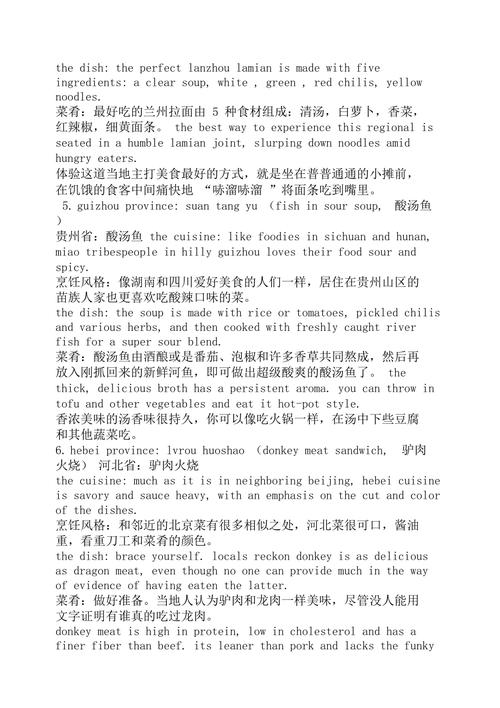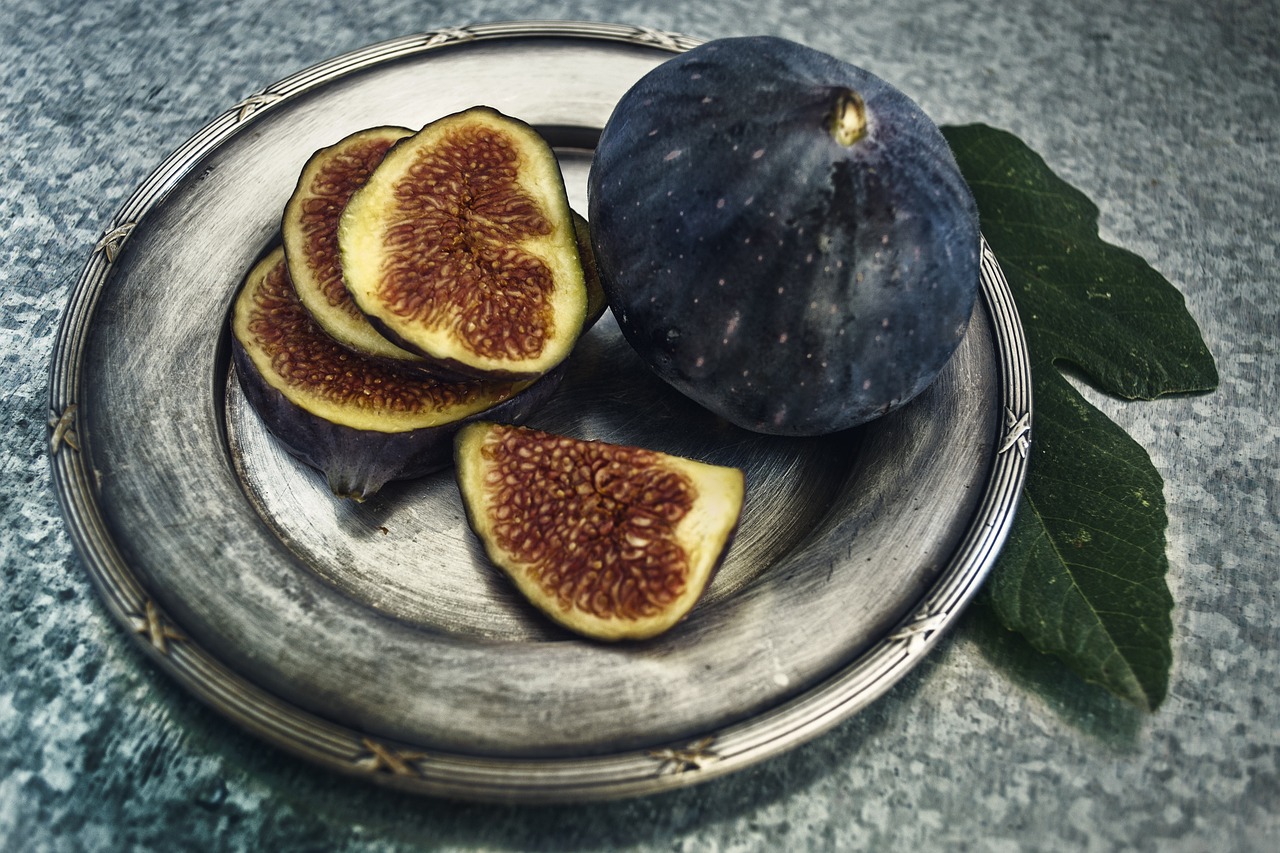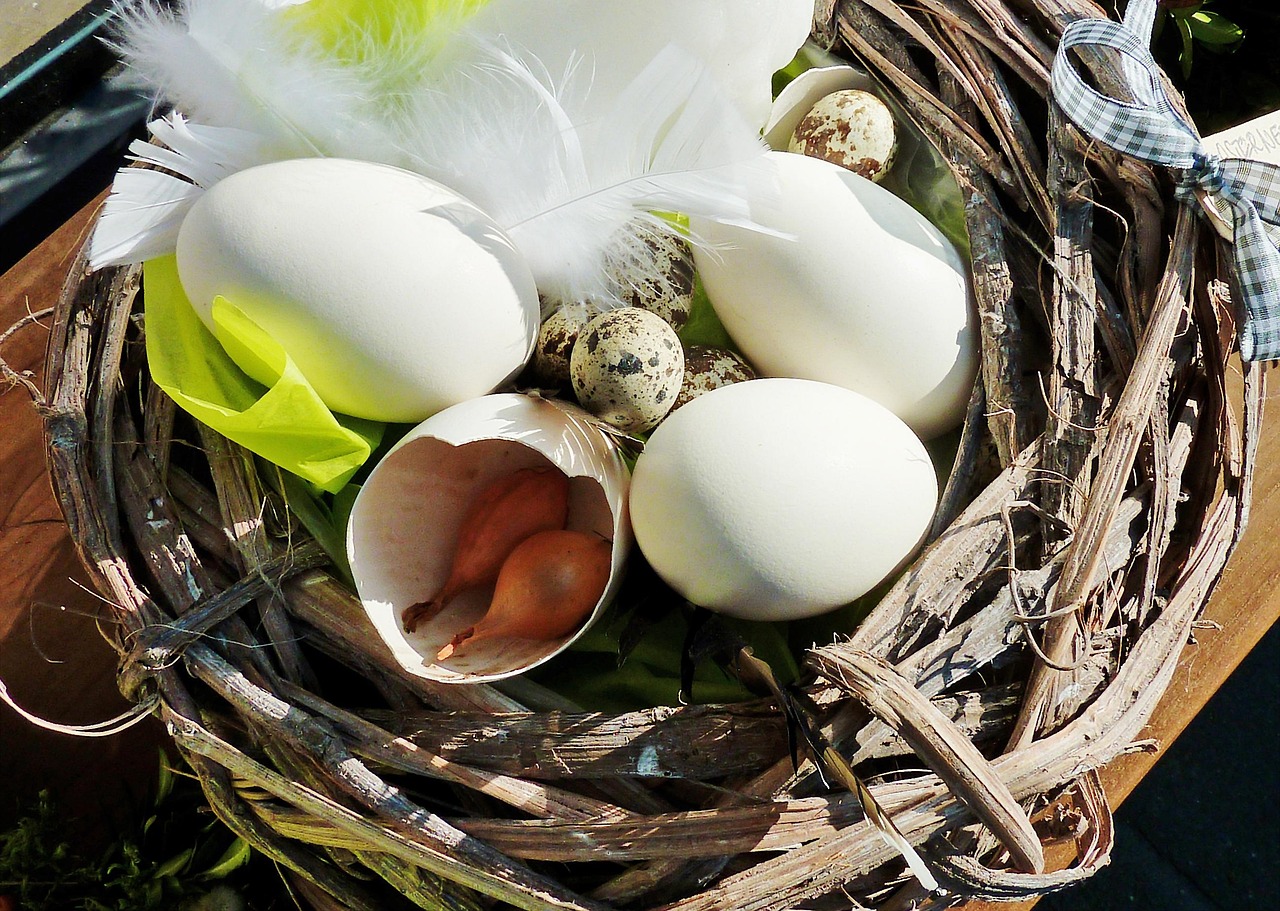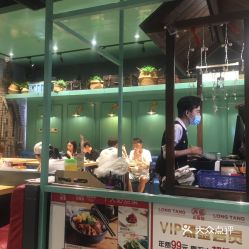介绍中国美食英语作文120词
Chinese Cuisine: A Guide to China’s Culinary Delights
Chinese cuisine is an integral part of Chinese culture, known for its diversity, rich flavors, and unique cooking techniques. It is widely regarded as one of the world's most popular and delicious cuisines, with a history spanning thousands of years. In this essay, we will explore the key aspects of Chinese cuisine, popular dishes, cooking methods, and the cultural significance of food in China.
Chinese cuisine is incredibly diverse, with each region of China having its own unique culinary traditions, ingredients, and flavors. The four major regional cuisines are:
- Sichuan Cuisine: Known for its bold and spicy flavors, Sichuan cuisine often incorporates garlic, chili peppers, and Sichuan peppercorns.
- Cantonese Cuisine: Hailing from the Guangdong province, Cantonese cuisine focuses on fresh ingredients and delicate flavors, with an emphasis on stirfrying and steaming.
- Shandong Cuisine: Shandong cuisine features a variety of seafood dishes and is known for its use of vinegar and strong flavors.
- Hunan Cuisine: Hunan cuisine is characterized by its use of smoked and cured meats, as well as its bold and spicy flavors.
Chinese cuisine offers a plethora of delicious dishes that cater to various tastes and preferences. Some popular Chinese dishes include:
- Kung Pao Chicken: A spicy stirfry dish made with chicken, peanuts, vegetables, and chili peppers.
- Peking Duck: A famous dish from Beijing, featuring crispy duck skin wrapped in pancakes with hoisin sauce and scallions.
- Hot Pot: A communal meal where diners cook a variety of meats, vegetables, and noodles in a simmering pot of broth at the table.
- Xiaolongbao: Steamed soup dumplings filled with pork and hot, flavorful broth.
Chinese cuisine employs a variety of cooking methods to create dishes that are flavorful, aromatic, and visually appealing. Some common cooking techniques include:
- StirFrying: Quick cooking over high heat in a wok, often with a combination of meat, vegetables, and sauce.
- Steaming: A gentle cooking method that preserves the natural flavors and nutrients of the ingredients.
- Boiling: Used to make soups, broths, and hot pots, boiling is a versatile cooking method in Chinese cuisine.
- DeepFrying: Commonly used for preparing crispy appetizers and snacks like spring rolls and dumplings.
Food holds great cultural significance in China and plays a central role in various social customs and traditions. Chinese cuisine is often associated with festivals, family gatherings, and celebrations. Some key cultural aspects of food in China include:
- New Year’s Eve Dinner: The reunion dinner on Chinese New Year's Eve is a timehonored tradition where families come together to share a feast and usher in the new year.
- Dim Sum: A popular brunch tradition in southern China, dim sum involves enjoying a variety of small, flavorful dishes with tea.
- Tea Culture: Tea is an integral part of Chinese cuisine and is often served during meals or offered as a gesture of hospitality.
- Food Symbolism: Certain foods hold symbolic meanings in Chinese culture, such as longevity noodles for birthdays and fish for prosperity.

In conclusion, Chinese cuisine is a treasure trove of flavors, traditions, and culinary heritage that continues to captivate food lovers around the world. By exploring the diverse regional cuisines, popular dishes, cooking methods, and cultural significance of food in China, one can gain a deeper appreciation for the depth and complexity of Chinese gastronomy.











